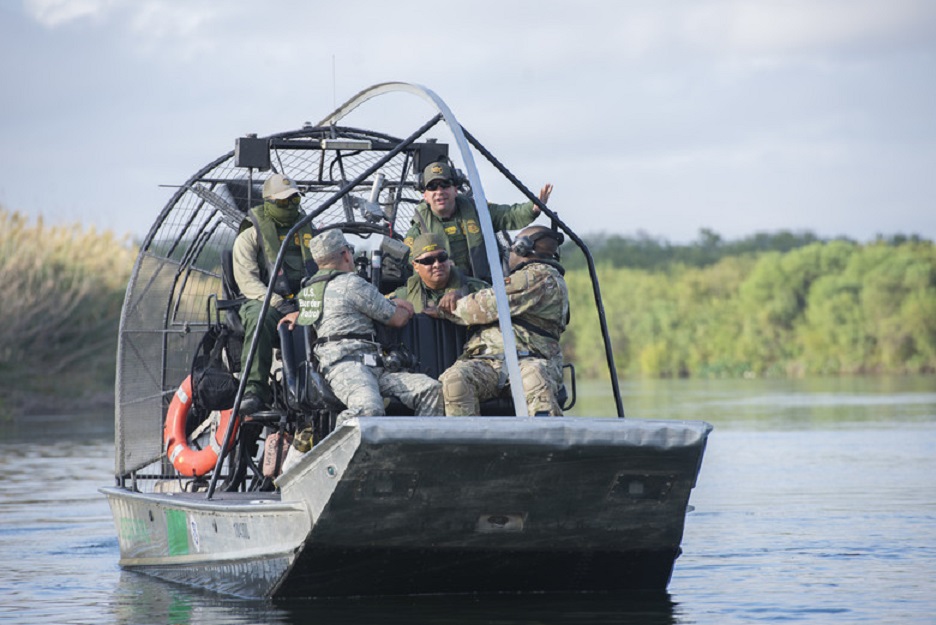This post is also available in:
 עברית (Hebrew)
עברית (Hebrew)
Border security near waterways is a challenge that standard sensors can not always solve. This state of affairs makes difficult the detection of people and objects moving illegally across the border in these areas. The US Customs and Border Protection is looking for innovative technologies that can provide situational awareness at all bodies of water adjacent to the border, including smaller waterways like streams, rivers and lakes.
“Agents are often tasked with performing their border security mission with limited to no surveillance capabilities and limited situational awareness in and around such areas,” according to a CBP request for information.
“Operational environments often have elevation differences like ridges along banks or deviated shorelines and provide naturally occurring concealment opportunities such as coves and isles and overgrown vegetation. These conditions limit the effectiveness of existing short-, mid-, and long-range surveillance technologies.”
The agency has partnered with the Homeland Security Department’s Science and Technology Directorate in an effort to find solutions.
According to nextgov.com, the perfect solution would give border agents real-time information about watercraft — or items of interest — “transiting remote, difficult-to-monitor waterways,” including any people that might be aboard and coming ashore between legal border crossings.
The tools should be fully automated and provide “detection, identification, classification, tracking and alerting” capabilities to help border agents make decisions about when to intercede and the likely level of risk associated.
In addition, it is required that the solutions would be compact. The tech should be small enough for an agent to carry on their person and easy enough for anyone to use.
The solution must be able to supply year-round detection, and alert of suspicious activities day and night and in varying weather conditions.
It should incorporate low-power techniques that maximize battery replacement times.
The proposed capabilities must also meet a majority of 10 key success criteria, including: affordability, deployability, autonomy, connectivity, system performance, environmental, simplicity, security, scalability and have an open architecture that enables data sharing.
Homeland Security is specifically looking for technologies that are beyond the initial development stage and “have already undergone some development and prototyping to ensure that the technologies meet the key success criteria.”
Interested in learning more about innovative border security solutions? Attend i-HLS’s InnoTech Expo in Tel Aviv – Israel’s largest innovation, HLS, and cyber technologies expo – on November 18-19, 2020 at Expo Tel Aviv, Pavilion 2.


























